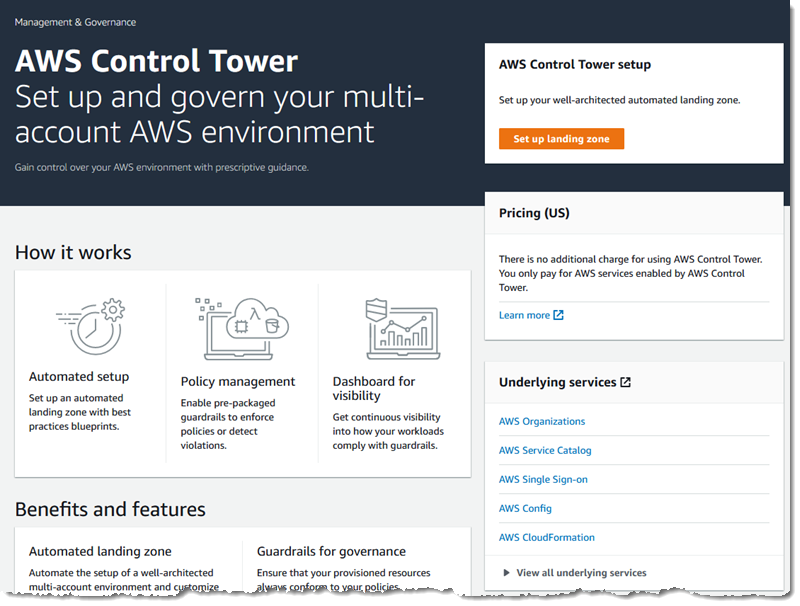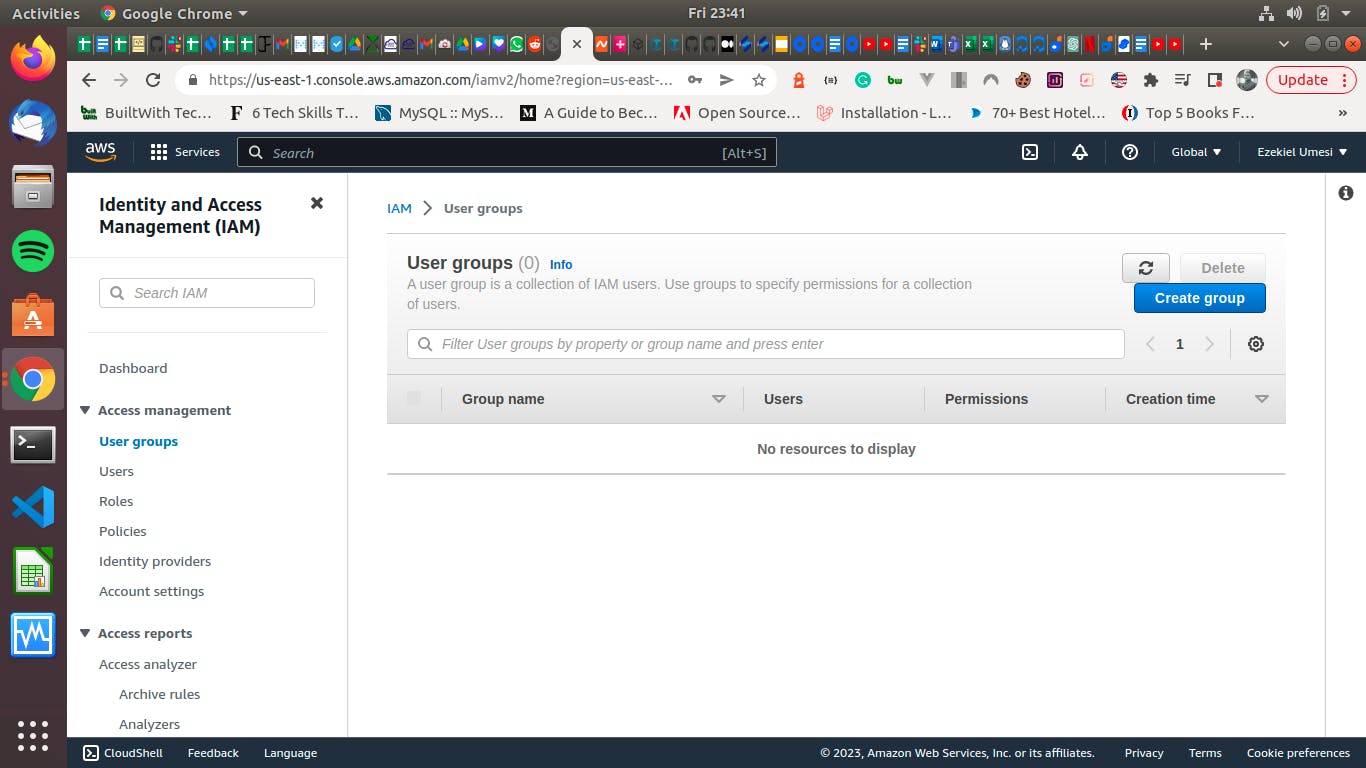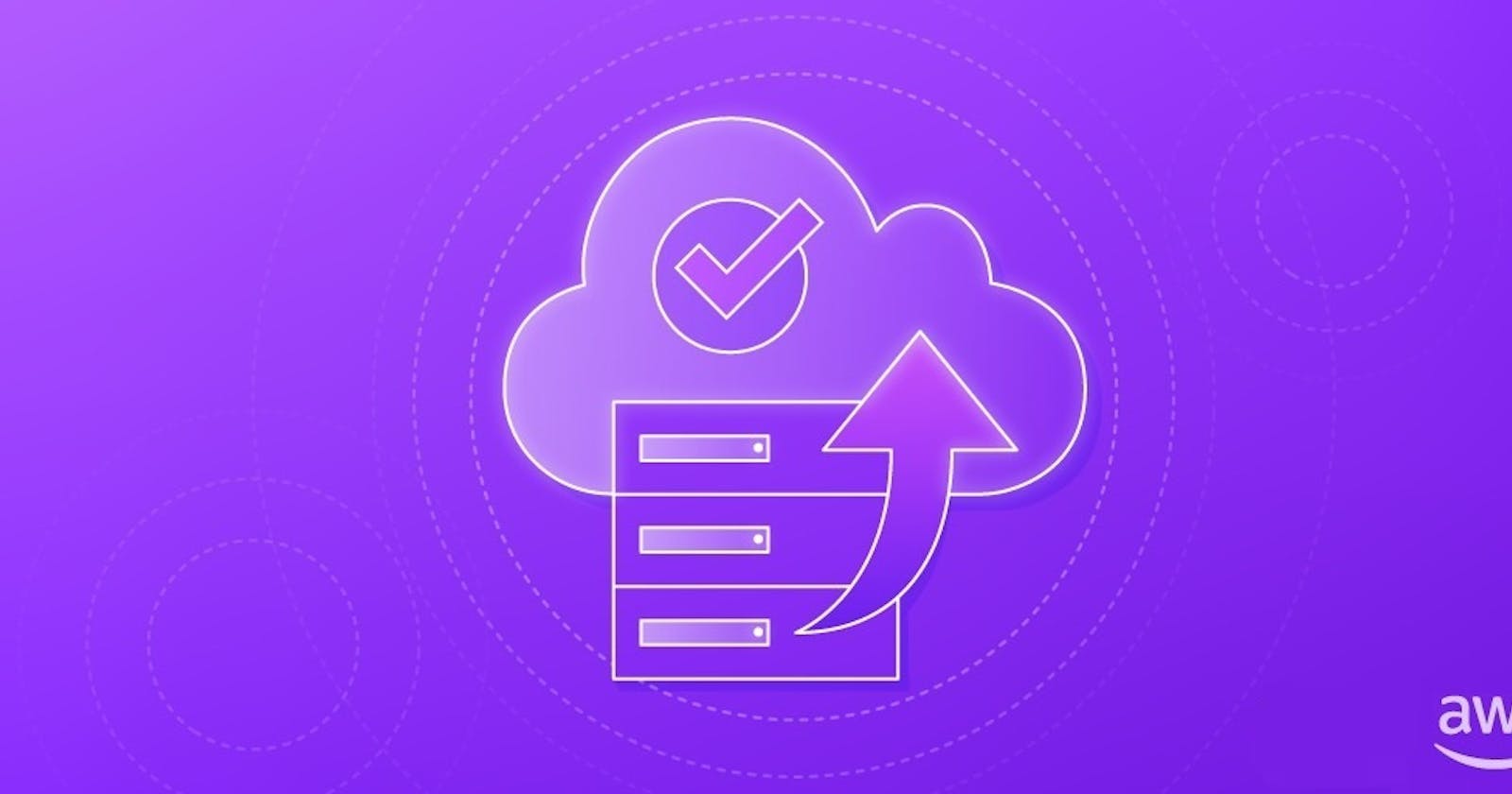Table of contents
- Introduction
- What is AWS Landing Zone?
- Critical Components of the AWS Landing Zone
- Benefits of Implementing AWS Landing Zone
- Designing an Effective AWS Landing Zone: Best Practices
- Define your implementation strategy.
- Understand AWS Control Tower.
- Establish the Account Structure.
- Implement proper IAM practices.
- Design the network infrastructure
- Implement all Security Controls.
- Implement AWS Service Catalogs.
- Implement Monitoring.
- Automate all resource provisioning
- Enable Cost Optimization on your infrastructure
- Plan for Disaster Recovery and High Availability
- Always review and update.
- Real World Use Cases of AWS Landing Zone.
- Conclusion
Introduction
As the need for cloud computing in modern businesses seems to increase, it has become paramount for businesses and organizations of all sizes to build, deploy, and maintain resilient, highly available, and fault-tolerant cloud infrastructure. This is where the concept of the AWS Landing Zone takes paramount offering you a seamless framework to build, deploy, and maintain a solid foundation on AWS Cloud.
AWS Landing Zone provides a guiding light that enables both small and large-scale organizations to streamline the development of their cloud infrastructure, providing users with highly available software systems while adhering to industry standards and security best practices.
In this article, we would discuss the core components of the AWS Landing Zone, expose the benefits, and the real-world use cases, and also provide you insights on a typical implementation process.

What is AWS Landing Zone?
The AWS Landing Zone is an environment that serves as a starting point where you can deploy your applications and workloads. Within the Landing zone is the baseline where everything relating to identity and access management, governance, networking, and logging is placed.
Using the AWS Landing Zone gives you a more structured approach with pre-defined configurations that enables you to deploy applications with best practices.
In terms of Security and compliance, AWS Landing Zone offers standardized integration policies that ensure that all sensitive data always remains protected and all regulatory requirements are met. This will help companies minimize data breaches and vulnerabilities.
Critical Components of the AWS Landing Zone
AWS Control Tower

The AWS Control Tower is the first component of the AWS landing Zone. It provides users with the ability to set up and manage multi-account AWS environments. Within the Control Tower is the Automated account provisioning that sets up an account structure with segregated workloads within the AWS Landing Zone, and services for proper resource management.
AWS Organizations

The AWS organization is the second component of the Landing zone that helps businesses manage multiple AWS accounts under one framework. It helps to break down all the administrative complex tasks that are associated with working with numerous accounts.
It achieves this by providing a proper hierarchy, access control, and proper resource management.
In terms of costs, AWS Organizations offer consolidated billing. This simply means that all payments within the cloud infrastructure are centralized, and costs can be evenly allocated within the hierarchy. This further helps to improve budgeting and cost tracking.
AWS Identity and Access Management (IAM)

AWS Identity and Access Management is a service provided by Amazon Web Services that helps users manage identities and access control for all AWS resources. With IAM, you can define, and enable permissions for users, groups, and roles according to what you want in your environment.
IAM provides enhanced security, and ease of integration which other resources to reduce all risks of unwanted access. Also as the organization grows, new users, and roles and be added easily without compromising performance.
AWS Service Catalog

The AWS Service Catalog enables organizations to create a maintain a catalog of IT services, applications, and infrastructure where users within the organization can have access, and provision resources based on their needs. The Service Catalog enables proper IAM for access control which ensures that only authorized users can access sensitive resources
AWS Config
AWS Config allows users within an organization to continuously monitor, assess, and manage resource configurations within their environment. With a proper AWS config setup. users can track changes and make proper configurations with adequate security policies.
AWS config helps in proper risk mitigation and the reduction of security vulnerabilities within your cloud environment. In cases where there is a security incidence, engineers can properly conduct proper root-cause-analysis using AWS config.
Benefits of Implementing AWS Landing Zone
Enhanced Compliance and Security.
AWS Landing Zone helps engineers to set up proper network guidelines for setting up the Virtual Private Cloud, and other connectivity options. This network setup helps prevent unwanted access and enhance security.
Also, the AWS Landing Zone offers guardrails and standardized configurations that help organizations meet regulatory requirements better.
Consistent Governance
AWS Landing Zone provides organizations with standard policies, configurations, and practices that ensure proper governance within the cloud environment. This helps to reduce the risk of vulnerabilities and misconfigurations and streamlines operational processes.
Streamlined Infrastructure Provisioning
Proper implementation of the AWS Landing Zone streamlines the provisioning of Cloud infrastructure and resource deployment. This is crucial, especially in environments where quick provisioning and scalability are required.
If you run an environment with dynamic workloads, proper streamlining will help your organization scale resources up and down based on demand.
Cost Optimization
Cost optimization is important for businesses seeking to maximize their cloud investments while going through proper resource utilization. With a proper AWS landing Zone, you would get proper cost-effective practices, transparency, and control cloud spending.
AWS Landing Zones reduce cost by optimizing instance sizes and creating a centralized cost reporting tool for organizations to have an idea of their cloud overspending.
Designing an Effective AWS Landing Zone: Best Practices
Designing an AWS LAnding zone requires careful planning and overall alignment with business goals. To ensure a successful implementation of the Landing Zone, it is essential to follow best practices that align with security, scalability, and compliance. This section focuses on the next steps to consider when designing an effective Landing Zone.
Define your implementation strategy.
Identify the goals of the organizations and all the requirements that your infrastructure ends to address. For example, different businesses have different requirements that enable them to conduct their businesses with ease. Some of these requirements include government policies, security standards, and compliance needs. So to properly implement a good Landing Zone, a proper strategy definition is important.
Understand AWS Control Tower.
The AWS Control Tower is powerful to automate the creation of the AWS Landing Zone. Within Control Tower, you can configure guardrails to implement this AWS Landing Zone with proper security, and operations.
Establish the Account Structure.
Within the Control Tower, you establish an organizational hierarchy and segregate resources accordingly. Within this step, you can also separate environments into production, development, and testing for proper resource management.
Implement proper IAM practices.
Assign users and services only to the necessary permissions, and roles for secure resource access. To further improve the security of user authentication, enable multi-factor authentication.
Design the network infrastructure
Implement proper network guidelines for the creation of VPCs, subnets, and route tables. Also implement public, and private subnets, and use proper security groups and Network Access Control Lists. (NACL).
Implement all Security Controls.
Utilize Service Control police, and WAF to help control permissions, and protect against web attacks and Denial of Service attacks respectively.
Implement AWS Service Catalogs.
Work with AWS Service Catalog to assign and segregate relevant product offerings into a catalog to reduce deployment time.
Implement Monitoring.
Implement proper monitoring with AWS Config, Cloudwatch, and CloudTrail for monitoring access resources, setting up alerts, monitoring performance, and tracking API activity.
Automate all resource provisioning
Utilize Infrastructure as Code tools like Terraform, and CloudFormation to provision resources, reduce manual errors, and make your infrastructure reproducible.
Enable Cost Optimization on your infrastructure
Implement AWS Budgets to prevent high cloud costs, and always optimize resources using AWS Cost Explorer, and Trusted Advisor.
Plan for Disaster Recovery and High Availability
Implement multi-region resources to ensure high availability, and also implement backup and recovery strategies for sensitive resources like databases.
Always review and update.
Regularly assess your landing Zone designs and adapt them to all changing business needs and technical advancements.
Real World Use Cases of AWS Landing Zone.
Here are some real-world use cases that demonstrate how organizations leverage AWS Landing Zone to address various business needs:
Enterprise Cloud Migration:
A large enterprise with complex IT infrastructure seeks to migrate its on-premises workloads to AWS. AWS Landing Zone provides a standardized framework for creating multiple accounts with appropriate network configurations, security controls, and compliance policies. This ensures a seamless migration process and maintains security and compliance during the transition.
Multi-Tenant Applications
A software company develops multi-tenant applications for its customers. Using AWS Landing Zone, the company creates separate AWS accounts for each customer while maintaining consistent security practices, resource isolation, and access controls. This approach enhances data privacy and security for each customer.
Regulatory Compliance
A financial institution must adhere to strict regulatory requirements for data security and compliance. AWS Landing Zone helps establish a secure environment that aligns with industry regulations. The solution enforces encryption, access controls, audit logging, and continuous monitoring, enabling the organization to meet compliance mandates.
Resource Isolation for Business Units
A large corporation with multiple business units wants to ensure resource isolation and minimize the risk of unauthorized access between units. AWS Landing Zone allows the organization to create separate accounts for each business unit, enforcing strict access controls and network segmentation to prevent data leakage.
Conclusion
In a digital age where agility and responsiveness are paramount, AWS Landing Zone acts as the cornerstone upon which businesses can construct their cloud strategies. It fosters the synergy between governance and flexibility, enabling organizations to navigate the complexities of the cloud journey with confidence. As businesses continue to harness the power of AWS Landing Zone, they forge a path towards a future where their cloud infrastructure is not just a support system, but a strategic asset that propels them forward in the ever-evolving world of technology.
